India’s JANUARY 2019 Festivies
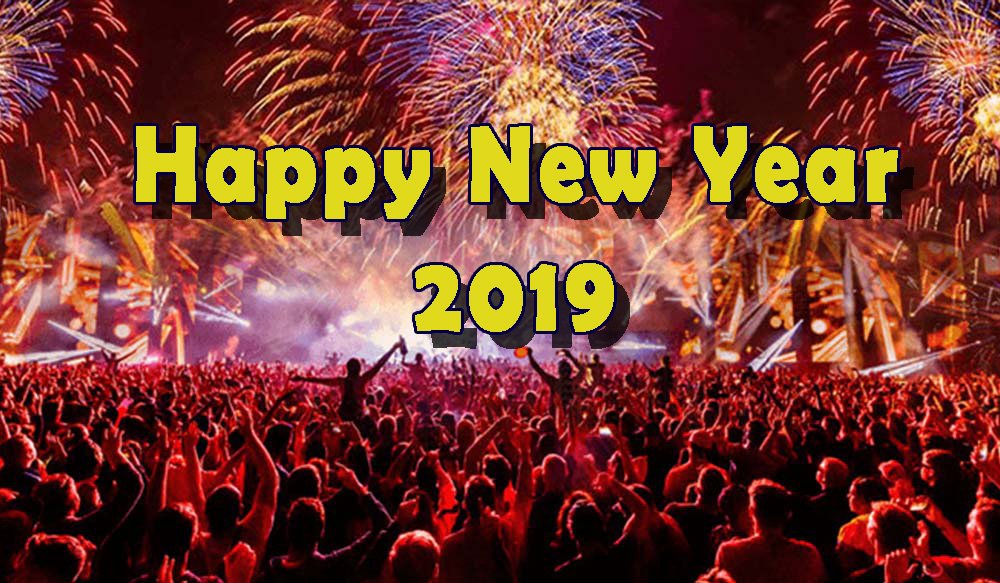
India celebrates its diversity through festivals. Every month there are numerous festivals and celebrations in India. Festivals are a unique way of seeing Indian culture at its best. The very first month of January carries many important festivals of India. From enthusiastic New Year celebrations to Punjab’s Lohri celebrations from patriotic Republic Day to International Kites Festival, January is a big bouquet of festivals. So, the very first edition of Indian Alsafari 2019 is showcasing the festive fever of January.
NEW YEAR’S DAY
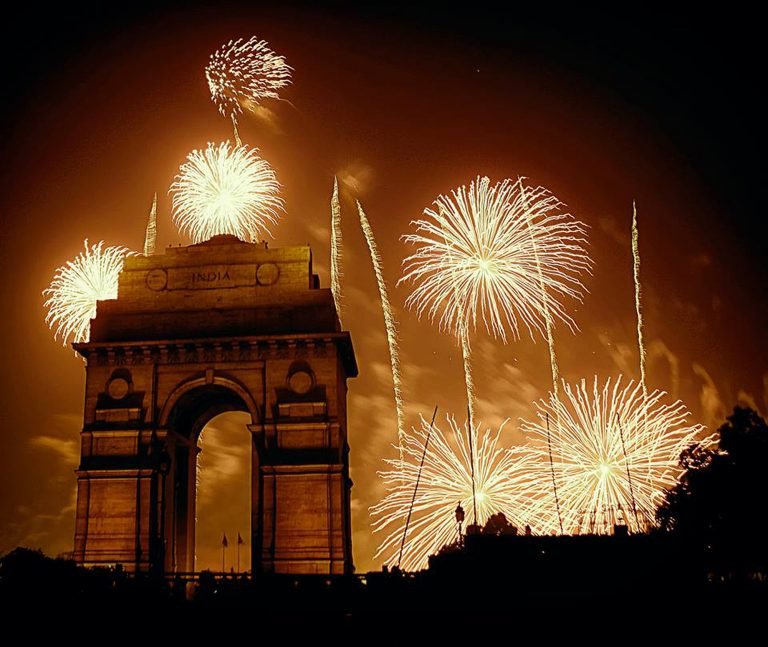
As clock hands reach to 12 am on the last day of December, people start cheering themselves for the New Year. A day that comes with new excitements, new beginning and new happenings everything seems new and fresh on this very first day. People in all parts of India dress colorfully and indulge in fun filled activities such as singing, playing games, dancing, and attending parties. Night clubs, movie theatres, resorts, restaurants and amusement parks are filled with people of all ages. People see this day as another chance to reconstruct themselves and resume their lives. They make resolutions for the coming year and pledge to work on that. The New Year comes with different traditions associated with it, different religion celebrate this day differently. The most commonly followed practices are adopting New Year’s resolution, exchanging gifts, lighting crackers and of course to wish good luck and happiness to everyone by three magical words ‘HAPPY NEW YEAR’.
GURU GOBIND SINGH JAYANTI
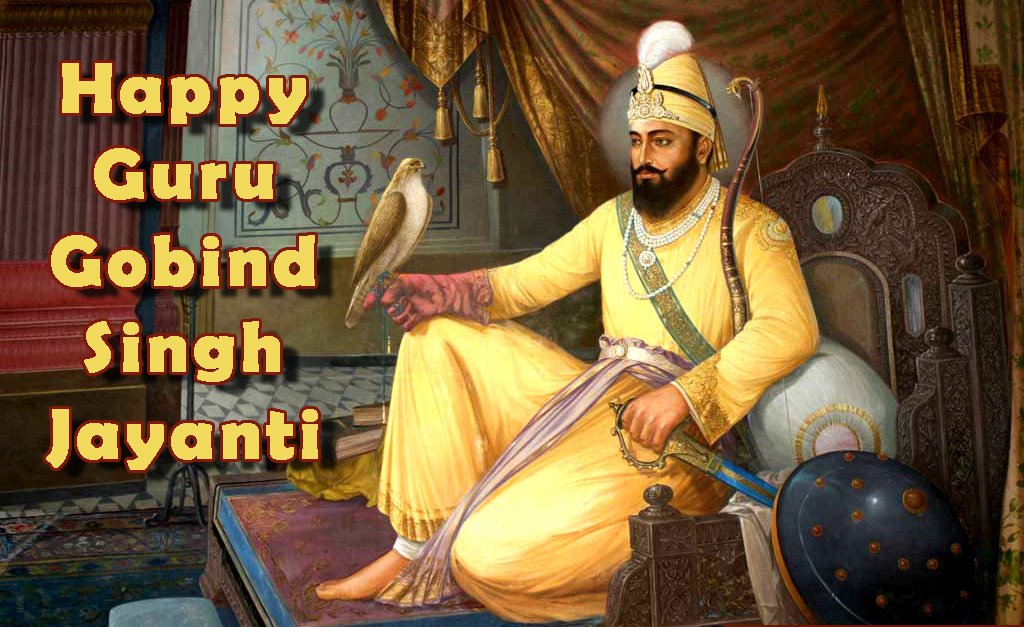
Guru Gobind Singh Jayanti is praised by the Sikhs as the birthday of their tenth and last master Guru Gobind Singh. This day witnesses vast parades and extraordinary petition social affairs at all Gurudwaras Guru Gobind Singh, the tenth Nanak Sikh Guru, was conceived at Patna Sahib on December 22, 1666, Poh Sudi Saptmi. His birthday by and large falls in December or January or here and there twice inside a year as it is computed by Hindu Bikrami Calendar, which depends on the lunar date-book. Guru Gobind Singh 1666-1708 C.E. turned into the tenth Sikh Guru after his dad, Guru Tegh Bahadur, had relinquished his life to ensure the flexibility of love by Hindus, who were being debilitated with change or passing by Muslim rulers. Snatching of ladies and plunder of merchandise were wild, however the general population were excessively shy and threatened, making it impossible to stand up to.
LOHRI
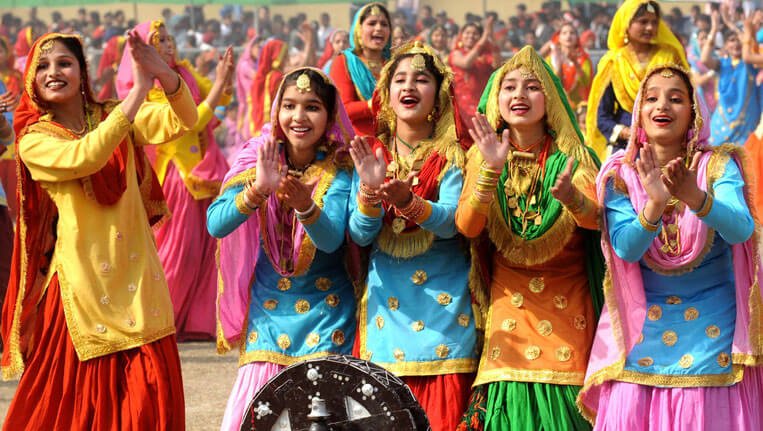
Lohri is an occasion to celebrate the end of the sowing season of rabi crop, that is now ready to be harvested. Lohri is also a celebration of the Sun God, Surya, who is offered gratitude for gracing devotees with his presence once again. According to the Indian calendar, Lohri falls in the month of Pausha, and according to the Gregorian calendar, it’s celebrated on the 13th of January. During the leap years, Lohri is celebrated on either 12th or 14th of January. It falls a day before the kite flying festival of Makar Sankranti that marks the beginning of the summer months. Lohri coincides with the festival of Bhogali Bihu in Assam and Pongal in Tamil Nadu. The festival of Lohri is characterized by the ancient tradition of lighting of a holy fire that signifies the Fire God, Agni. People gather around the bonfire, offer prayers and food to the fire God and also sing, dance and make merry. Devotees circle the fire with their hands joined together in supplication, asking for a prosperous year and also tossing sweet treats made from jaggery (gur) and sesame seeds (til).
MAKAR SAKRANTI
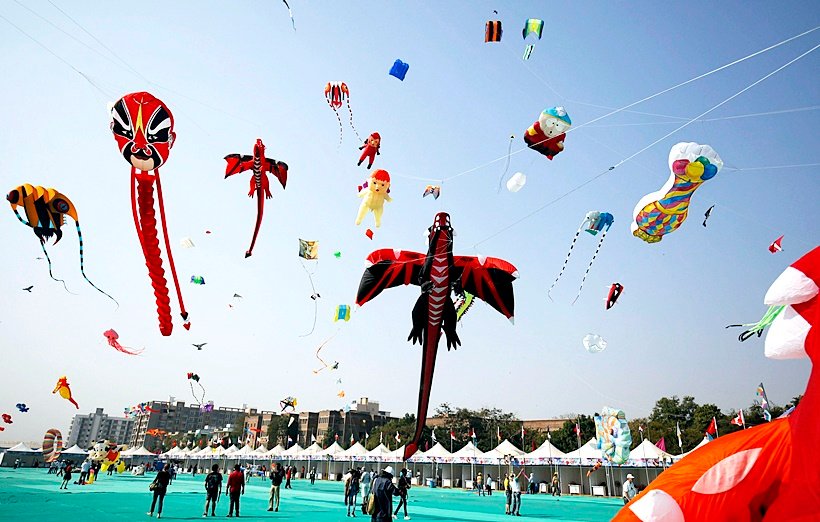
Makar Sankranti is one of the most auspicious day for the Hindus, and is celebrated in almost all parts of the country in myriad cultural forms, with great devotion, fervor & gaiety. The festival of Makar Sankrant traditionally coincides with the beginning of the Sun’s northward journey (the Uttarayan) when it enters the sign of Makar (the Capricorn). It falls on the 14th of January every year according to the Solar Calendar. Lakhs of people take a dip in places like Ganga Sagar & Prayag and pray to Lord Sun.’ It is celebrated with pomp in southern parts of the country as Pongal, and in Punjab is celebrated as Lohri & Maghi. Rajasthan & Gujarati not only look reverentially up to the sun, but also offer thousands of their colorful oblations in the form of beautiful kites all over the skyline. The Festival introduces kite enthusiasts world-wide to the intriguing beauty and cultural diversity of India. In Uttar Pradesh, Sankrant is called ‘Khichiri’. Taking a dip in the holy rivers on this day is regarded as most auspicious. A big one-month long ‘Magha-Mela’ fair begins at Prayag (Allahabad) on this occasion. Apart from Triveni, ritual bathing also takes place at many places like Haridvar and Garh Mukteshwar in Uttar Pradesh, and Patna in Bihar. In Bengal every year a very big Mela is held at Ganga Sagar where the river Ganga is believed to have dived into the nether region and vivified the ashes of the sixty thousand ancestors of King Bhagirath. In Maharashtra on the Sankranti day people exchange multi-colored tilguds made from til (sesame seeds) and sugar and til-laddus made from til and jaggery. In Gujarat there is a custom of giving gifts to relatives. The Gujarati Pundits on this auspicious day grant scholarships to students for higher studies in astrology and philosophy. Kite flying has been associated with this festival in a big way. It has become an internationally well-known event.
PONGAL
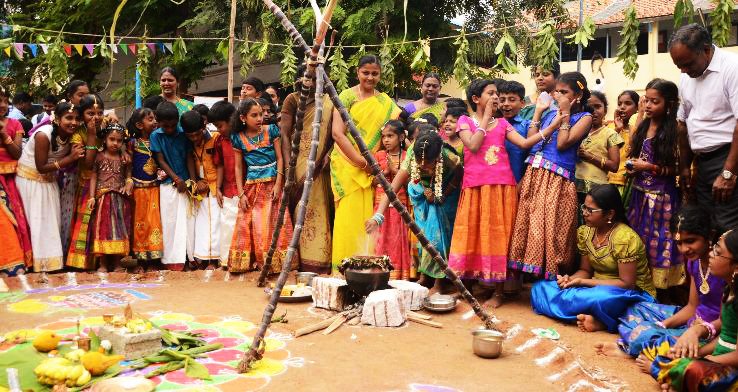
Pongal is a four-days-long harvest festival celebrated in Tamil Nadu, a southern state of India. For as long as people have been planting and gathering food, there has been some form of harvest festival. Pongal, one of the most important popular Hindu festivals of the year. This four-day festival of thanksgiving to nature takes its name from the Tamil word meaning “to boil” and is held in the month of Thai (January-February) during the season when rice and other cereals, sugar-cane, and turmeric (an essential ingredient in Tamil cooking) are harvested. Mid-January is an important time in the Tamil calendar. The harvest festival, Pongal, falls typically on the 14th or the 15th of January and is the quintessential ‘Tamil Festival’. Pongal is a harvest festival, a traditional occasion for giving thanks to nature, for celebrating the life cycles that give us grain. Tamilians say ‘Thai pirandhaal vazhi pirakkum’, and believe that knotty family problems will be solved with the advent of the Tamil month Thai that begins on Pongal day. This is traditionally the month of weddings. This is not a surprise in a largely agricultural community – the riches gained from a good harvest form the economic basis for expensive family occasions like weddings.
MAGH BIHU
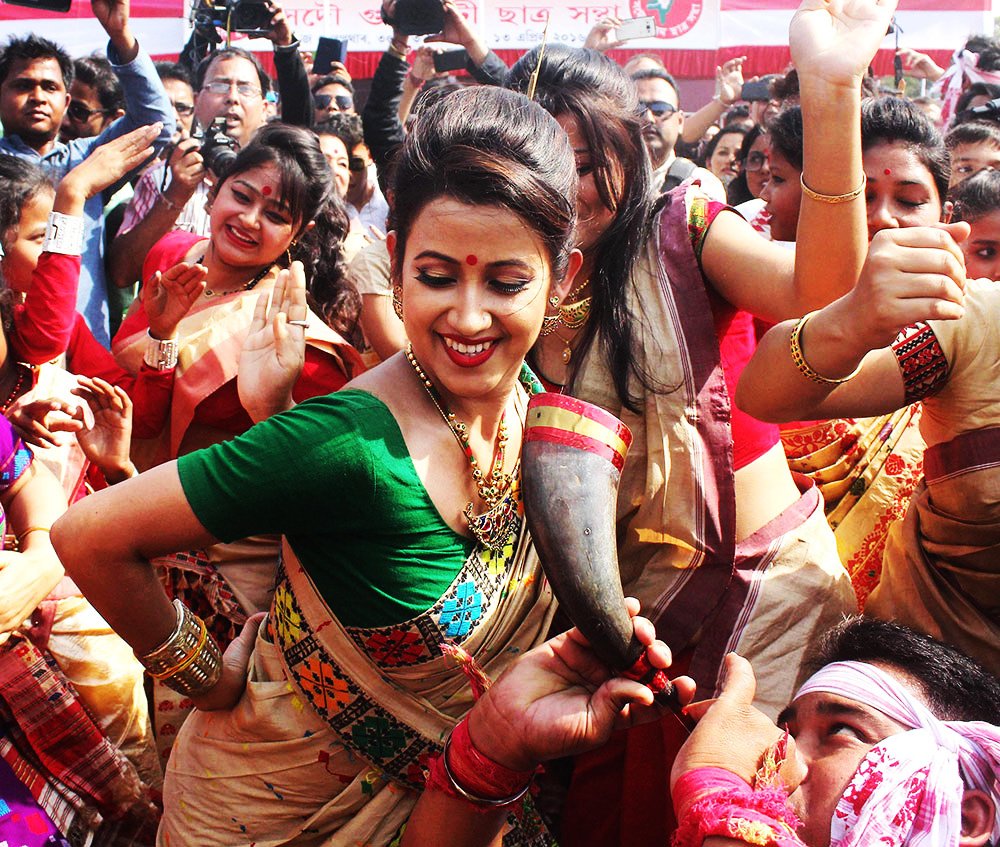
Magh Bihu is one of the most important community festivals in Assam. It is the harvest festival celebrated by the Assamese people in the local month of Magh during mid-January. Magh Bihu is also called as Bhogali Bihu as it is celebrated with community feasts after the annual harvest. The highlight of this festival is the food due to the abundance of grains after the harvest. The night before Magh Bihu is called Uruka, it is the night of feasts. Villagers make a bamboo huts called Bhelaghor, or community kitchen and begin the preparations. Various dishes, vegetables, meat items and sweets such as Pitha, Laru are made out of sesame, molasses and coconut are prepared. The next morning, the community gathers to light the Meji, a large bon fire and pray for a better harvest in the year ahead. Offerings are made to the sacred fire and people later indulge in traditional Jolpan breakfast. Indigenous games such as Dhop Khel, Pot breaking, Egg fights and Buffalo fighting can be also a part of the celebrations. Community fishing by the tribes in the large wetlands can be also seen. The Bhelaghor huts are burnt at the end of the festival.
REPUBLIC DAY
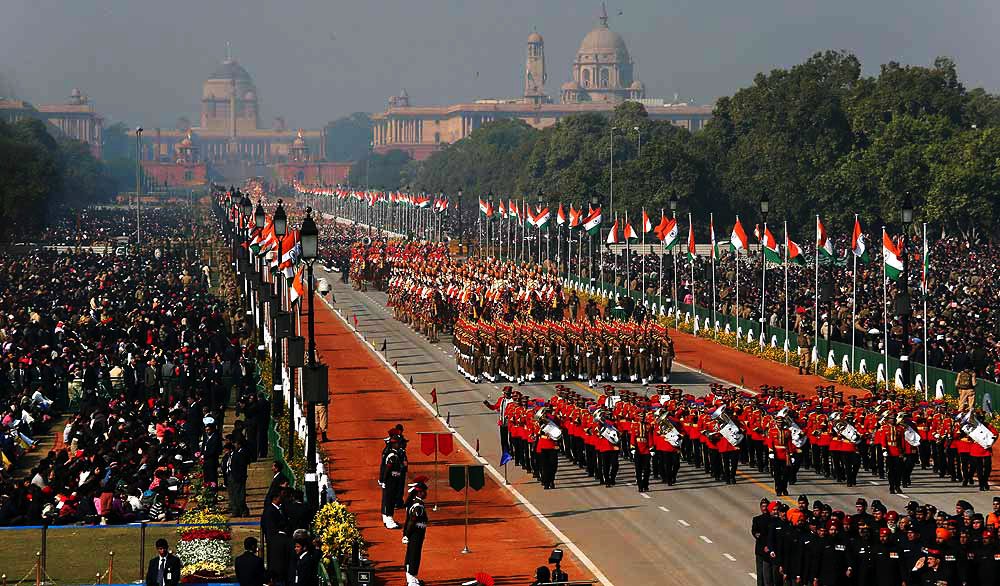
While India’s Independence Day celebrates its freedom from British Rule, Republic Day celebrates the coming into force of its constitution. The main Republic Day celebration is held in the national capital, New Delhi, at the Rajpath before the President of India. There are many significant memories as it was this day when the Indian Tricolour was first unfurled in January 1930 at Lahore, by Pt Jawaharlal Nehru and the declaration of an independent Indian National Congress was made. Republic Day is celebrated every yaet with much enthusiasm all over the country and to mark the importance of this occasion, a grand parade is held in the capital, New Delhi, from Raisina Hillnear the Rashtrapati Bhavan, along the Rajpath, past India Gate and on to the historic Red Fort. The event begins with the Prime Minister of India laying a wreath at Amar Jawan Jyoti at India Gate, commemorating all the soldiers who sacrificed their lives for the country. Soon, a 21 gun salute is presented, the President unfurls the national flag and the national anthem is played. This marks the beginning of the parade. On this day, the soldiers of armed forces, common people and students from the school are honored with various national awards, such as Maha Veer Chakra, Ashok Chakra, Param Veer Chakra and Veer Chakra along with bravery medals for their exemplary work and performances. Most strikingly, the helicopters of our armed forces perform a show in the sky and shower rose petals over the audience sitting in India Gate. In addition, you can also enjoy various dance and singing performances by the school children. The staff of the armed forces performs rides through motorcycle whereas the staff from the Indian Air Force performs fly parade on the fighter planes (making tri color of the Indian Flag with the help of smoke) for offering the honor salute to our president. Each state depicts its unique festivals, historical locations and art. This exhibition of diversity and richness of the culture of India lends a festive air to the occasion.

